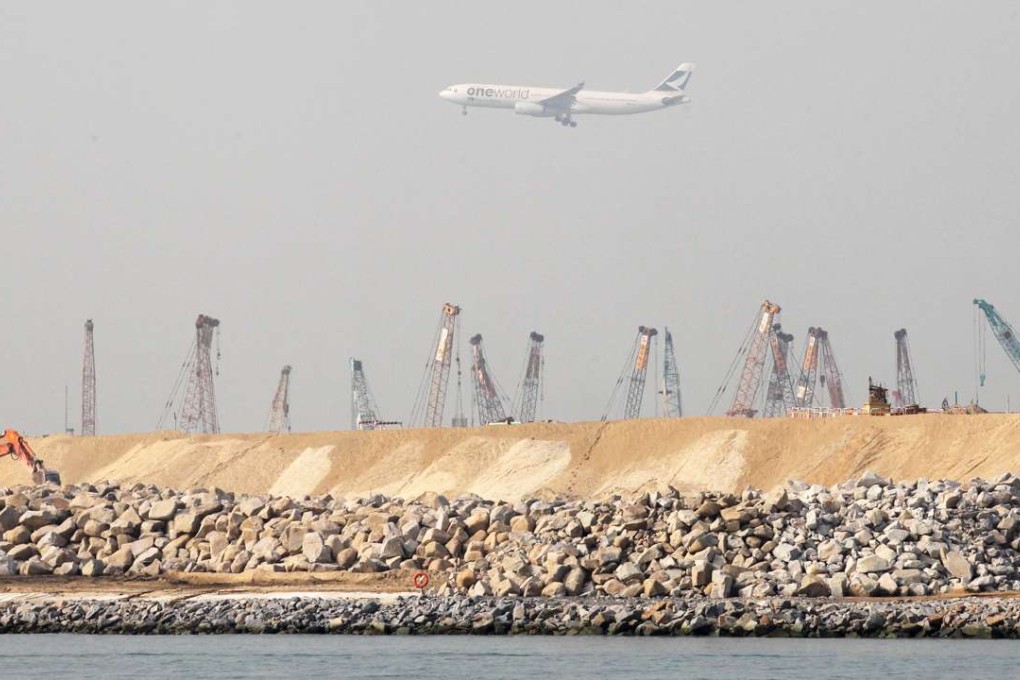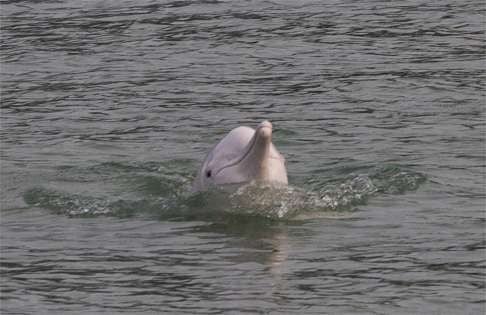More runways are only the start: race to reclaim land in the Pearl River Delta is worrying
Johnny Wei says for a start, Hong Kong officials must work with their Shenzhen counterparts to coordinate plans for airport expansion in both cities, so as to minimise pressure on the marine environment

Hong Kong is not alone in wanting a three-runway system. Its neighbour Shenzhen is now preparing for an airport expansion, and this is posing a challenge for our cross-border coordination in at least one key aspect – the environment.
After several years of turnover growth, the Shenzhen Airport Group has just completed its second and last round of consultation for an environmental impact assessment for reclamation of 439 hectares of land, for the purpose of building a third runway. This reclamation is smaller in scale than the one proposed by Hong Kong for its own third runway (650 hectares). Regardless, the two reclamation projects are too close – only 32km apart – and are likely to threaten the habitat of the Chinese white dolphins, as well as compromise the water quality and long-term carrying capacity of the Pearl River Delta estuary.

Lines drawn as legal battle over third Hong Kong runway begins
As close observers of marine construction projects and their cumulative impact, we are alarmed by this unprecedented estuary-wide “reclamation contest”. Shenzhen airport’s ambition accounts for only a quarter of the near-term reclamation, or equivalent to a mere 8 per cent of the sea-to-land conversion blueprint of the special economic zone. Other cities including Zhuhai ( 珠海 ), Huizhou (惠州) and Guangzhou all have their own greedy plan of “asking for land” from the waters.
We’re not even counting the massive reclamation for the bridge connecting Hong Kong with Zhuhai and Macau, or the 350 hectares reserved for Macau’s new town development.
The question is: where is the limit of reclamation?
Several procedures must be completed before Shenzhen airport can break ground for its expansion. These include disclosure of the environmental impact assessment report, a public hearing, submission for state-level approval and an assessment of social stability risk.
We don’t know how long these proceedings will take, nor how much of Hongkongers’ concerns will be taken into account. There’s a good chance Shenzhen’s third-runway construction will overlap with Hong Kong’s, and this will exert greater pressure on seawater quality.